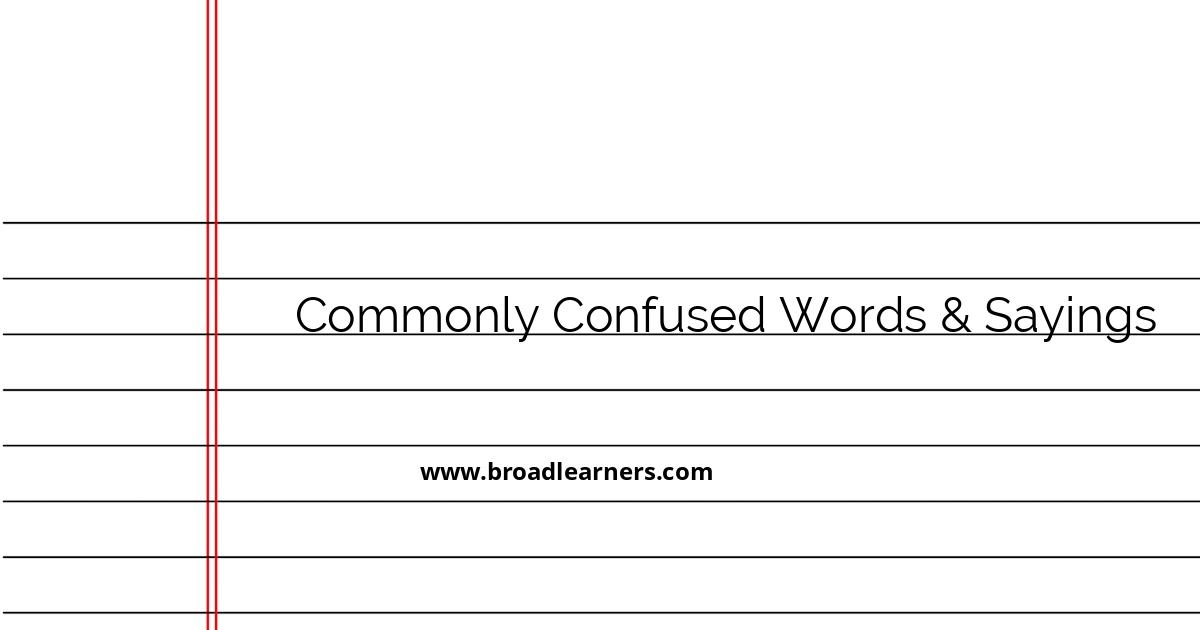In the English language, there are numerous words and sayings that can often be confusing due to their similar sounds or spellings but have different meanings and uses. Understanding these nuances can enhance your communication skills and ensure clarity in your expressions. Let’s take a closer look at some commonly confused words and sayings:
- Affect vs. Effect
Affect is typically used as a verb, meaning to influence or make a change in something. For example:
The weather can affect your mood.
Effect, on the other hand, is commonly used as a noun, referring to the result of a change. For example:
The new law had a significant effect on the local economy.
- Who vs. Whom
Who is used as a subject pronoun, referring to the person doing the action. For example:
Who is going to the meeting?
Whom, meanwhile, is an object pronoun, used for the person the action is happening to. For example:
To whom should I address the letter?
- Then vs. Than
Then is primarily an adverb used to describe time or sequence, such as in a list. For example:
First, we’ll start with introductions, then proceed to the main presentation.
Than is a conjunction used for making comparisons. For example:
She is taller than her brother.
- Fewer vs. Less
Fewer is used with items that can be counted (countable nouns). For example:
We need fewer chairs for the meeting.
Less is used with uncountable nouns, such as liquids or abstract concepts. For example:
Please add less sugar to the recipe.
- Suffice it to say vs. Suffice to say
The correct phrase is suffice it to say. It means 'it is enough to say' and not 'suffice to say'. For example:
Suffice it to say, our project exceeded expectations.
- Literally vs. Figuratively
Literally means exactly, without exaggeration or inaccuracy. For example:
When she said the cat was 'stuck in the tree', she meant it literally and needed a ladder to get it down.
Figuratively means metaphorically or not literally true. For example:
He was figuratively drowning in work after the new project began.
- It's vs. Its
It's is the contraction for 'it is' or 'it has'. For example:
It's going to be a long day.
Its is a possessive pronoun, referring to something belonging to 'it'. For example:
The cat licked its paws.
By understanding and using these words and sayings correctly, you can avoid common mistakes and communicate more effectively. Remember that practice is key in mastering these nuances, and over time, you will become more confident and accurate in your usage.

Did I miss anything? Respond below